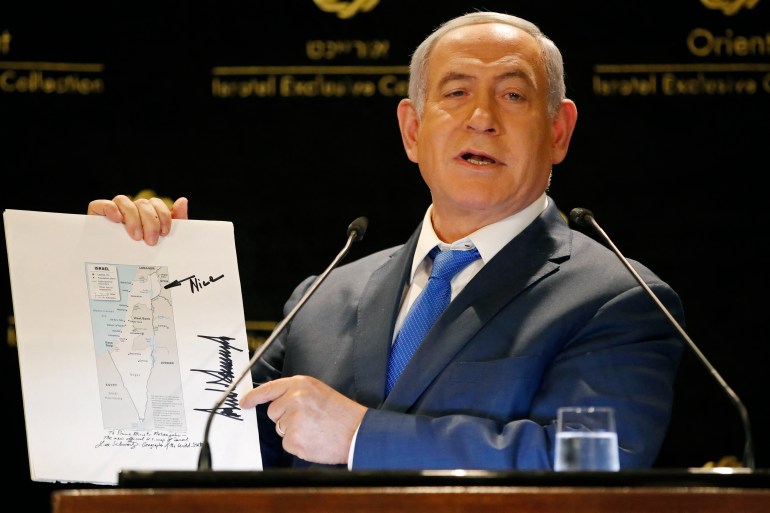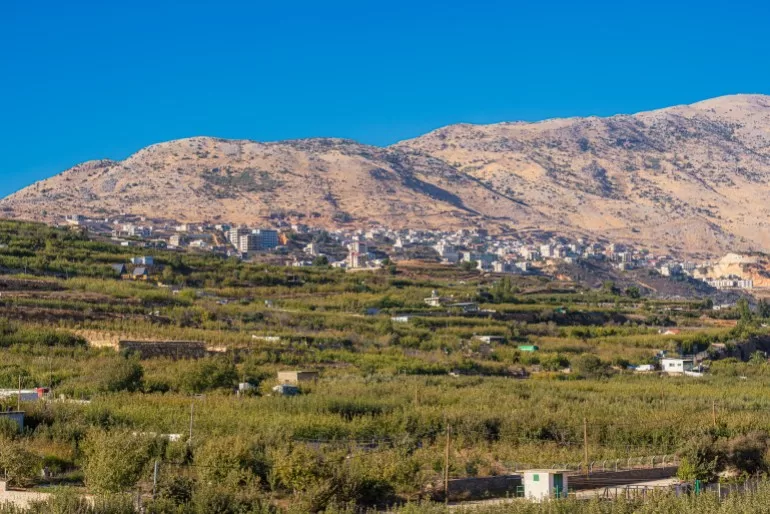EXPLAINER
The rocky patch of land, which under international law belongs to Syria, is where the latest tensions between Israel and Hezbollah have exploded.
Israel and Lebanon-based Hezbollah are locked in a tense standoff after a rocket attack on the Druze town of Majdal Shams killed at least 12 people, many of them children playing football, and wounded 30.
The Israeli military accused Hezbollah of carrying out Saturday’s attack, an allegation denied by the group. Israel has fired a series of missiles into Lebanon since then despite growing international calls for restraint amid fears of an escalation into a full-blown war.
At the centre of this latest tension is a patch of land 1,800sq km (700sq miles) in size that has long been a flashpoint in the Levant: the Golan Heights.
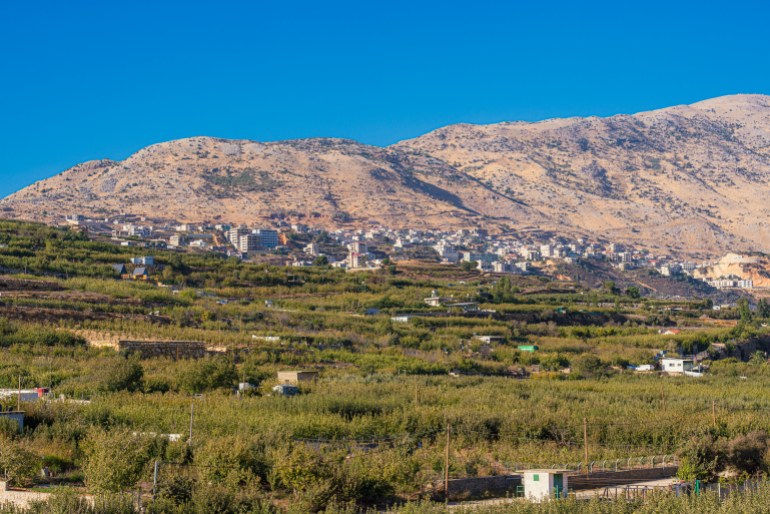
What is the Golan Heights?
The Golan Heights is a rocky plateau in southwestern Syria, about 60km (40 miles) south of Damascus. It is bordered by the Yarmouk river in the south and the Sea of Galilee in the west.
The Golan is spread over rugged basalt rock. The hilly land is fertile, and the volcanic soil grows apple and cherry orchards as well as vineyards.
The region has vital water sources that feed the Jordan River, including the Hasbani River, which flows from Lebanon and through the Golan.
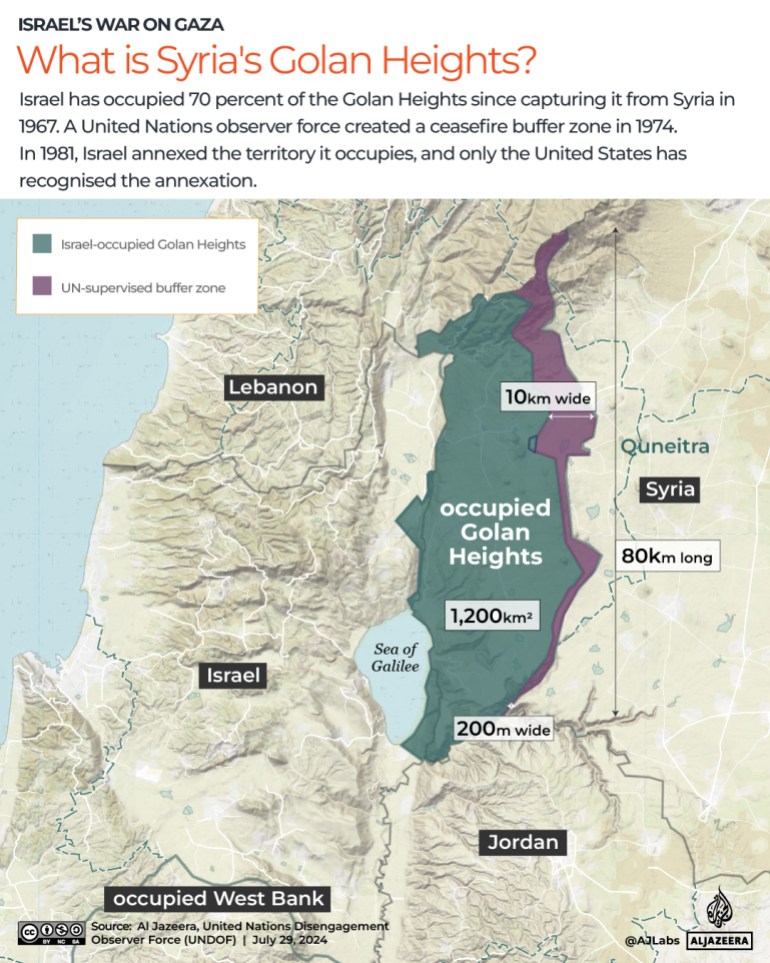
Who does the Golan Heights belong to, and who controls it?
The United Nations recognises the region as a part of Syria.
However, during the Six-Day War in 1967, Israel occupied the Golan Heights. It currently controls 1,200sq km (463sq miles) of the western part of the region. Almost immediately after the Israeli military occupied it, Israeli settlements began to grow. Today, more than 30 Israeli settlements are in the area, where more than 25,000 Jewish Israelis live.
A UN-monitored buffer zone separates Israeli-occupied territory from the remaining part that is still under Syria’s control.
Majdal Shams is in the northeastern part of the Israeli-occupied territory.
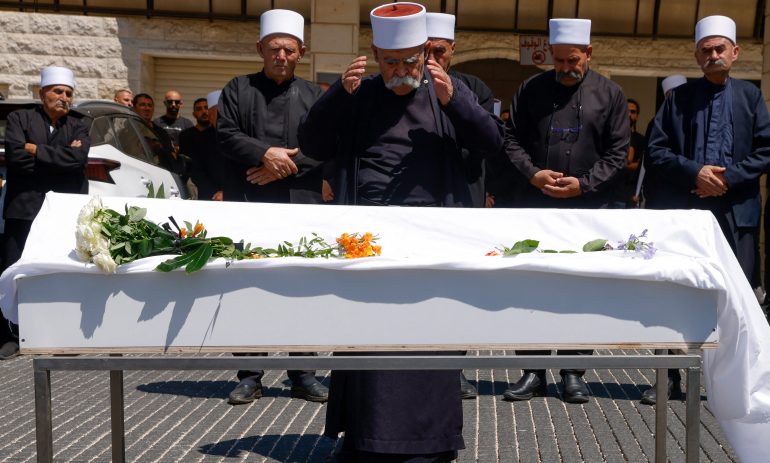
Who are the Druze?
While Israel’s seizure of the Golan led to an exodus of many Syrians living there, about 20,000 members of the Druze community still live there.
The Druze are an Arab and Arabic-speaking ethnoreligious community that resides in Syria, Lebanon, Israel and Jordan.
After Saturday’s attack, Israel was quick to declare that the fatalities were of Israelis, but many of the Druze people attacked do not hold Israeli citizenship and are Syrian nationals.
Israeli forces have also clashed with the Druze in the occupied region. In late June 2023 when Druze protesters demonstrated against the construction of wind turbines in the Golan, they were met with Israeli tear gas, sponge-tipped bullets and a water cannon.
Under Israeli law, Druze Israeli men are required to serve in the military.
Has Syria ever tried to take back the Golan Heights?
Yes but without success.
During the 1973 Arab-Israeli War, Syria attempted to take back the Golan Heights but failed to do so.
In 1974, the UN got involved, deploying peacekeeping forces in the area after Israel and Syria signed an armistice.
The Security Council established the UN Disengagement Observer Force (UNDOF) the same year as it tried to maintain a ceasefire and creating a ceasefire buffer zone in the area. As of April, 1,274 UN personnel are deployed in the Golan Heights.
In 1981, Israel formally declared its annexation of the Golan Heights.
What is the world’s position on the Golan Heights?
- Besides the United States, no country formally recognises Israel’s annexation of the region. All other countries consider the Golan to be Syrian territory occupied by Israel,
- In 1981, the UN Security Council unanimously passed a resolution opposing Israel’s occupation of the Golan Heights, calling on Israel to rescind its imposition of Israeli law on the plateau. It declared Israel’s rule over Golan “null and void and without international legal effect”.
- In 2019, the US, under then-President Donald Trump, recognised Israeli sovreignty over the Golan Heights. The recognition still stands, even under President Joe Biden’s administration.
